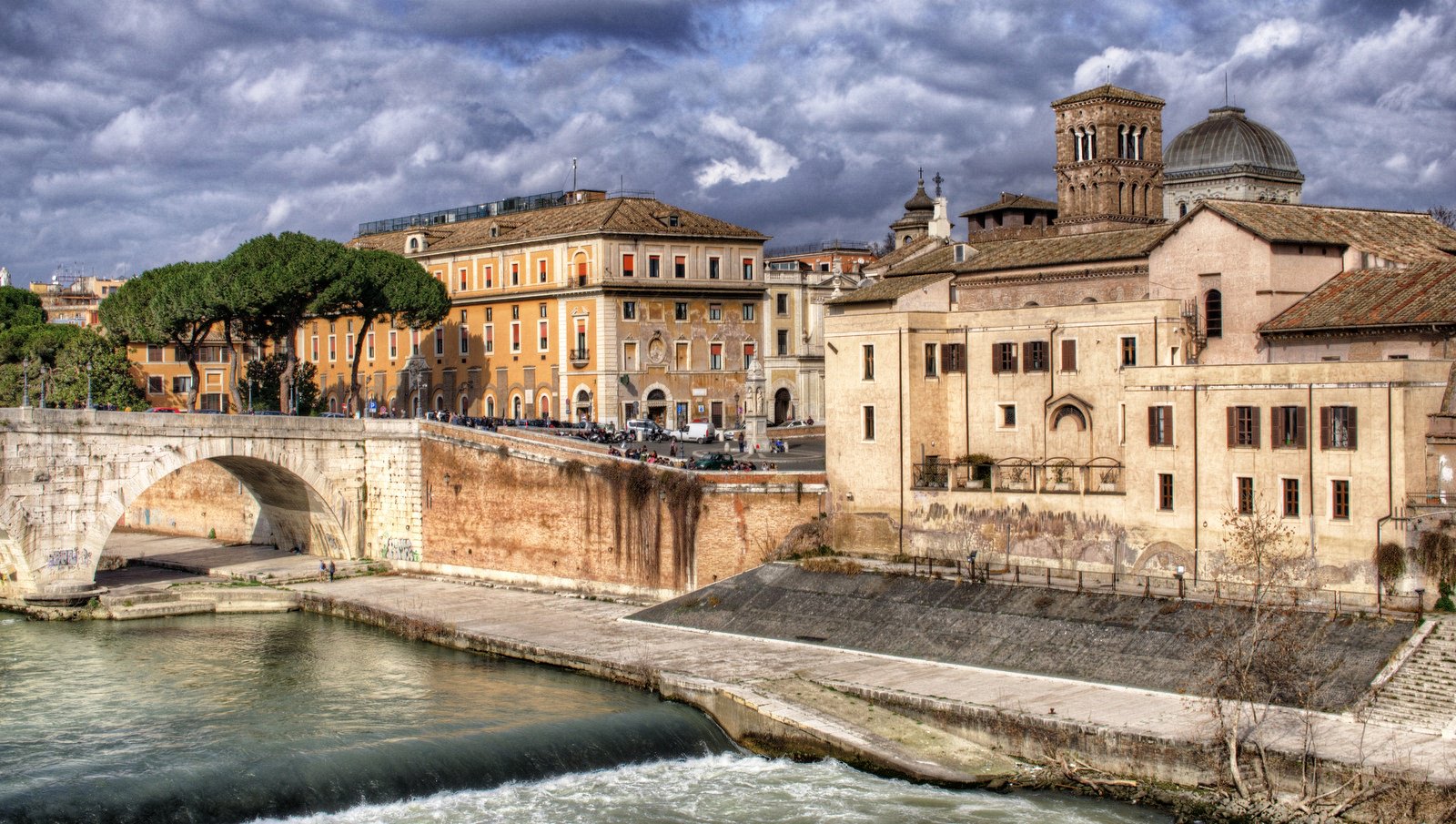15 Reasons Why You Shouldn't Ignore Indoor Activities For Kids
Many people, while treking or strolling, do not even think about the possibility of getting lost. Unfortunately this can lead to trouble. You are typically safe as long as you stay with developed trails.
But too often, complacency can get you into problem. You decide to take a shortcut throughout the adventure holidays europe path switchbacks. You wander simply a little methods off the trail to see a bird a little better.
All it takes is a short-lived lapse of judgment and you can be lost. Do not let this occur to you. A little preparation can avoid the issue.
The most important thing you can do to avoid getting lost is to use your head and be conscious. Take a moment prior to you begin and then periodically while moving. Look where you are, where you are going and where you have come from.
If you are preparing to utilize a recognized path make sure you know precisely where it will take you and how long the journey will take. Know what turnoffs you will come across along the method.

As you travel the path keep your head about you and keep in mind any side routes and turnoffs. It is simple to get puzzled if you are planning to return the exact same way you came. Focus!
Most of routes, animal or man-made, will not take you anywhere you want to go. They were not produced the purpose of taking you to civilization. So just following an unidentified path hoping that it will lead you to safety can be the worst thing you can do.
During the process of getting lost there is always a point where you initially hear that little voice in your head that states, No, I cannot be lost. Don't wait until things get worse.
Psychologically trace your steps up to that point and examine your path in relationship to the sun or any distinguishing landmarks. If possible, backtrack you path back to a point where you are sure of where you are. But only if adventure holidays uk you are sure. This is not the time to be roaming about and attempting out faster ways.
Make a psychological map of your journey up to that point. Review the ranges and how long each segment took you.
Make a choice as to the finest course back to a point you keep in mind. If you don't reach a point where you are less lost, go back and attempt another direction.
There are a variety of things that you can bring with you that can help you not get lost and help you get unlost.
One of the most helpful things to bring is a pencil and paper. It does not take much adventure holidays to get disorientated and our memories are undependable. Make notes of landmarks, hills, streams, path forks, and the sun position. Keep in mind the time it requires to go from one point to the next.
A compass is just useful if you have an excellent concept where you are and which direction you need to go. Yes, bring a compass, but make it a good one and find out how to use it prior to you get lost.
Bring a map. The most helpful map is the topographical map. It will show the actual layout of the land including heights. If you are hiking in a National Park, topographical maps are frequently available for sale at the visitor center book shop
In order for it to be useful after you get lost you need to use it before you get lost. If you get lost you have actually marked an electronic path back to your starting https://jeffreyewor874.site123.me/#section-5b92c3b65035a point. Batteries have been known to run down and signals can get blocked.
The key to not getting lost is to constantly know where you are and where you are going. It's not that hard however it requires a little effort and preparation. It deserves it.